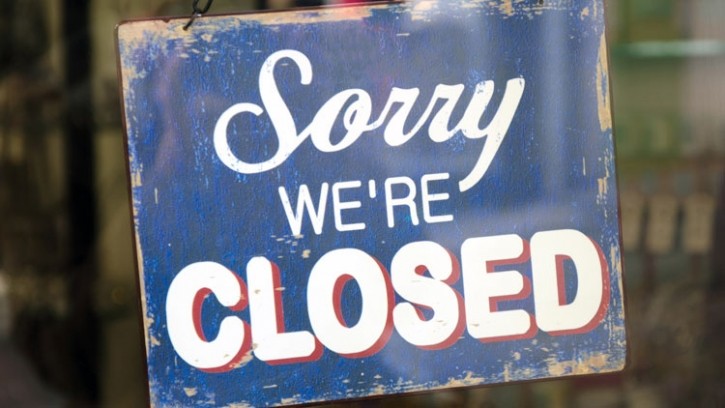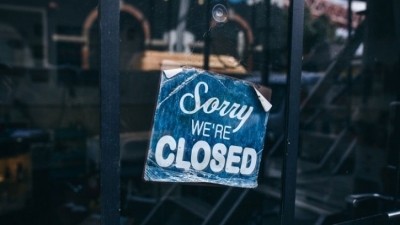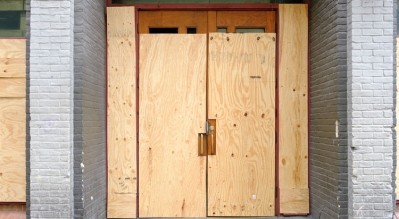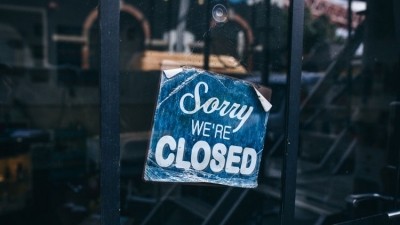Restaurant closures reach decade high

Figures from accountancy firm Price Bailey reveal that 569 restaurant businesses entered insolvency in Q1 2023 and that a total of 2,028 business went insolvent over the past 12 months.
This is a 55% increase on 2021/22 when 1,303 entered insolvency, it says.
An average 5.6 restaurant businesses are going bust per day, up from 3.1 per day in 2021., it adds, many of which are restaurants.
Rising interest rates will increasingly leave highly leveraged businesses in the restaurant sector unable to meet loan repayments, according to Price Bailey. This, twinned with banks clamping down harder on non-performing loans and shifting their focus from supporting distressed businesses to those with growth prospects will likely boost insolvencies despite improving trading conditions, it predicts.
An increase in optimism
Separate data from National Statistics commissioned by Price Bailey reveals that optimism among restaurant owners is on the rise despite the surge in business failures. More British restaurant businesses are now reporting turnover is rising (33%) rather than falling (22%), a big improvement on six months ago when just 16% were reporting rising turnover compared to 37% saying takings were down.
The survey of restaurant business owners, some of which operate across multiple sites, also reveals that 53% are considering increasing prices to cover energy costs, up from 43% at the end of last year.
Some 15% of restaurants have hired staff over the past month compared to just 5% six months ago. Looking forward over the next 12 months, 26% of restaurant owners are expecting business performance to improve while 19% think it will worsen – an improvement from December 2022 when nearly twice as many restaurateurs expected business performance to worsen (30%) than improve (16%).
“While there are early signs of an improvement in trading conditions for restaurants, insolvencies in Q1 reached the highest quarterly level in over a decade. The improving economic outlook may come too late for many restaurant businesses which have accumulated unmanageable levels of debt over a testing few years,” says Matt Howard, head of the insolvency and recovery team at Price Bailey.
“There is often a lag between a return to more robust economic activity and declining insolvencies. Banks will likely start to put increasing pressure on debtors to perform or pay off loans. Focus will start to shift from financially stressed businesses to startups and those with better prospects, which may mean that insolvencies continue to rise despite many restaurants seeing improved takings.”
“Restaurants are capital-intensive businesses. The cost of acquiring leases and outfitting restaurants can run into the millions per site in prime city centre locations. Many are highly geared and are perpetually walking a balance-sheet tightrope. As interest rates creep up, it might only take a few months of poor takings to send them over the edge.”
Price Bailey says that while the cost of living crisis has led to consumers cutting back on eating out, it is likely to be the cumulative effect of interest rate rises, with more potentially to come, that is pushing highly indebted restaurant businesses into insolvency.





















